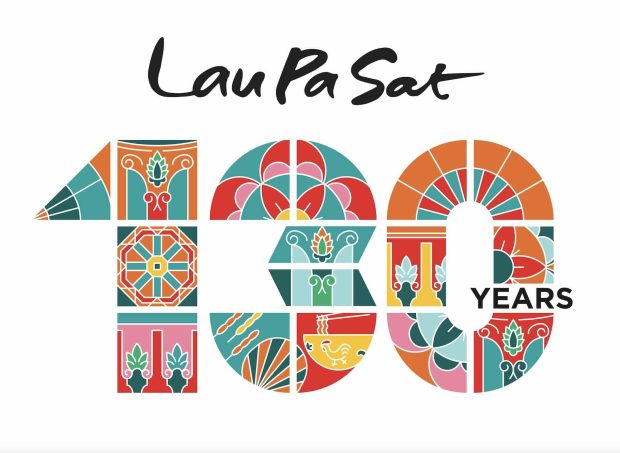Cover letters have long been the gatekeepers to opportunity in the professional world. A well-crafted cover letter can open doors to jobs and opportunities. At the same time, a poorly executed one can close those doors just as quickly. This article delves into the art and science of cover letter writing, exploring its history, significance, and the key elements that make a cover letter stand out in a competitive job market.
The Evolution of the Cover Letter
The concept of a cover letter dates back to the early 20th century, coinciding with the rise of formal business communications and the expansion of the corporate job market.
Initially, cover letters were straightforward, often merely indicating the enclosure of a resume or other documents.
However, as the job market evolved and competition increased, the cover letter transformed into a crucial tool for personal branding and professional expression.
The Significance of Cover Letters in the Modern Job Market
In today’s digital age, one might question the relevance of cover letters, especially with the advent of LinkedIn and other social media platforms that provide ample space for professional introductions.
Yet, cover letters remain a staple in job applications across various industries. They offer a unique opportunity for candidates to convey their personality, enthusiasm, and specific interest in a position and organization, which resumes and digital profiles cannot capture as effectively.
A cover letter is more than just an introductory note; it’s a strategic marketing document.
It’s your chance to tell a compelling story that your resume cannot fully articulate—the story of your professional journey, your passion for the field, and your alignment with the company’s values and goals.
How to Write an Effective Cover Letter
Crafting an engaging and effective cover letter involves several key components:
- Personalization: Generic cover letters are easy to spot and often quickly discarded by hiring managers. Personalization includes addressing the letter to a specific person (avoiding “To Whom It May Concern” if possible) and tailoring the content to the particular company and role.
- Opening with Impact: The opening sentence should grab the reader’s attention. Instead of the traditional “I am writing to apply for XYZ position,” consider starting with something more dynamic and personal. Share a brief anecdote or a powerful statement that reflects your enthusiasm for the field or company.
- Relevance and Conciseness: A common mistake is regurgitating the resume in paragraph form. Instead, highlight specific experiences or accomplishments that are directly relevant to the job you’re applying for. Use concise language and bullet points if necessary to make the content more digestible.
- Personality and Authenticity: Let your personality shine through professionally. Use your authentic voice while maintaining a tone that matches the company culture. This can help you stand out in a sea of applicants.
- Closing with a Call to Action: End your letter by expressing gratitude for the consideration and subtly prompting the next step. For example, “I look forward to the opportunity to discuss how my skills and experiences align with [Company’s] goals.”
The Impact of Technology on Cover Letters
Technology has significantly influenced how cover letters are written and read. Applicant Tracking Systems (ATS) can scan cover letters for keywords and phrases, making it essential to tailor your letter with language that mirrors the job description.
Furthermore, the rise of email and online application systems has made cover letters more concise, as hiring managers and recruiters often skim through emails on their devices.
Despite these technological advancements, the essence of a cover letter remains the same: to make a personal connection with the reader and convey your unique value proposition.
Download your cover letter template that beats the Applicant Tracking Systems (ATS).
Common Pitfalls to Avoid
Avoid common mistakes that can undermine the effectiveness of your cover letter:
- Typos and grammatical errors: These can signal a lack of attention to detail. Always proofread your letter or have someone else review it.
- Overly long cover letters: Aim for brevity. A cover letter should be no more than one page, ideally three to four concise paragraphs.
- Repeating your resume: Use the cover letter to expand on your resume, not repeat it. Share stories or examples that demonstrate your qualifications.
- Being too generic: Customize your letter for each application. Show that you’ve researched the company and understand what makes it unique.
Cover Letters in Creative Industries
In creative fields, the cover letter can be an outlet for innovation and creativity.
Applicants might play with formats, storytelling, and even visual elements (while keeping readability in mind).
However, it’s crucial to balance creativity with professionalism and ensure that the letter aligns with the industry’s standards and expectations.
The Future of Cover Letters
As we look to the future, the role of cover letters may continue to evolve with changing hiring practices and technological advancements.
Video cover letters, portfolios, and other multimedia formats are becoming more commonplace, particularly in creative and digital industries.
However, the core purpose of the cover letter—to personally connect with a potential employer and articulate one’s unique value—will likely remain unchanged.
Conclusion
Cover letters are a critical component of the job application process, offering a unique opportunity to personalize your application and highlight your most relevant experiences and aspirations.
By understanding the history, significance, and critical elements of an effective cover letter, candidates can craft compelling narratives that resonate with hiring managers and open doors to new opportunities.
As the professional landscape evolves, so too will the art of the cover letter, adapting to new technologies and changing expectations while retaining its essential role in the job search process.







